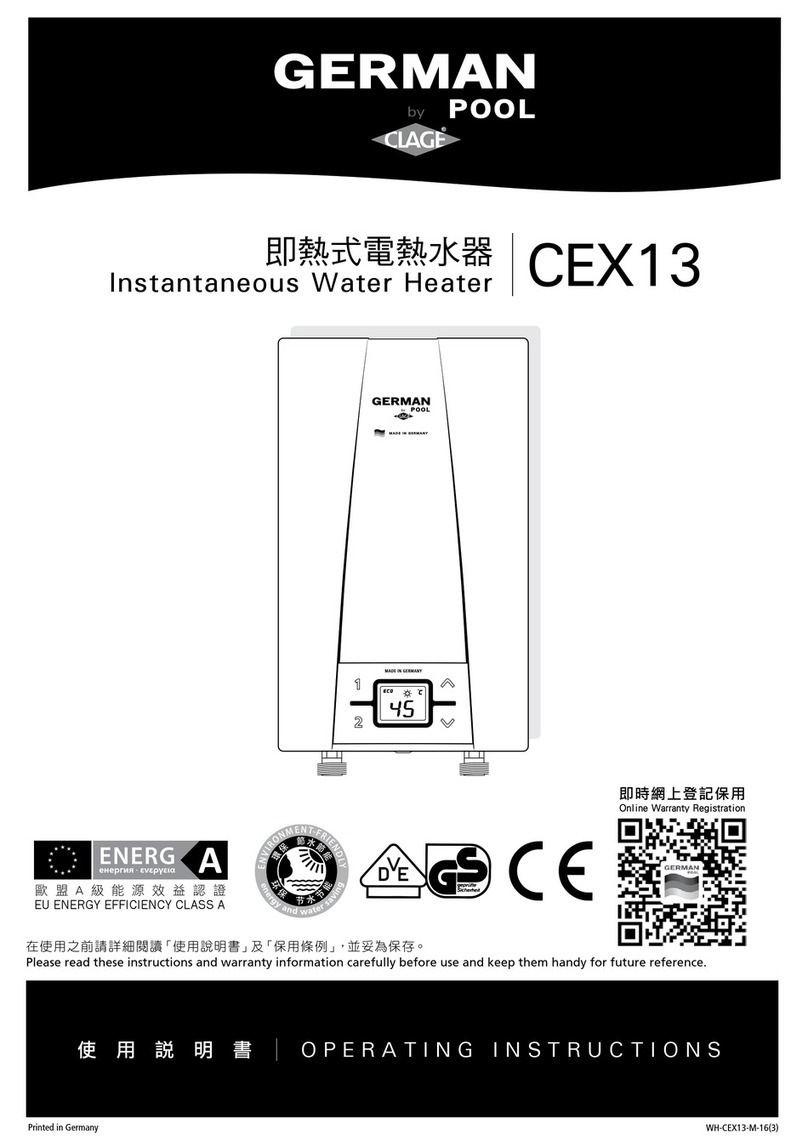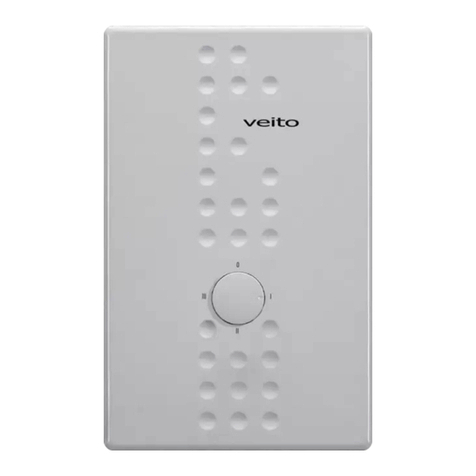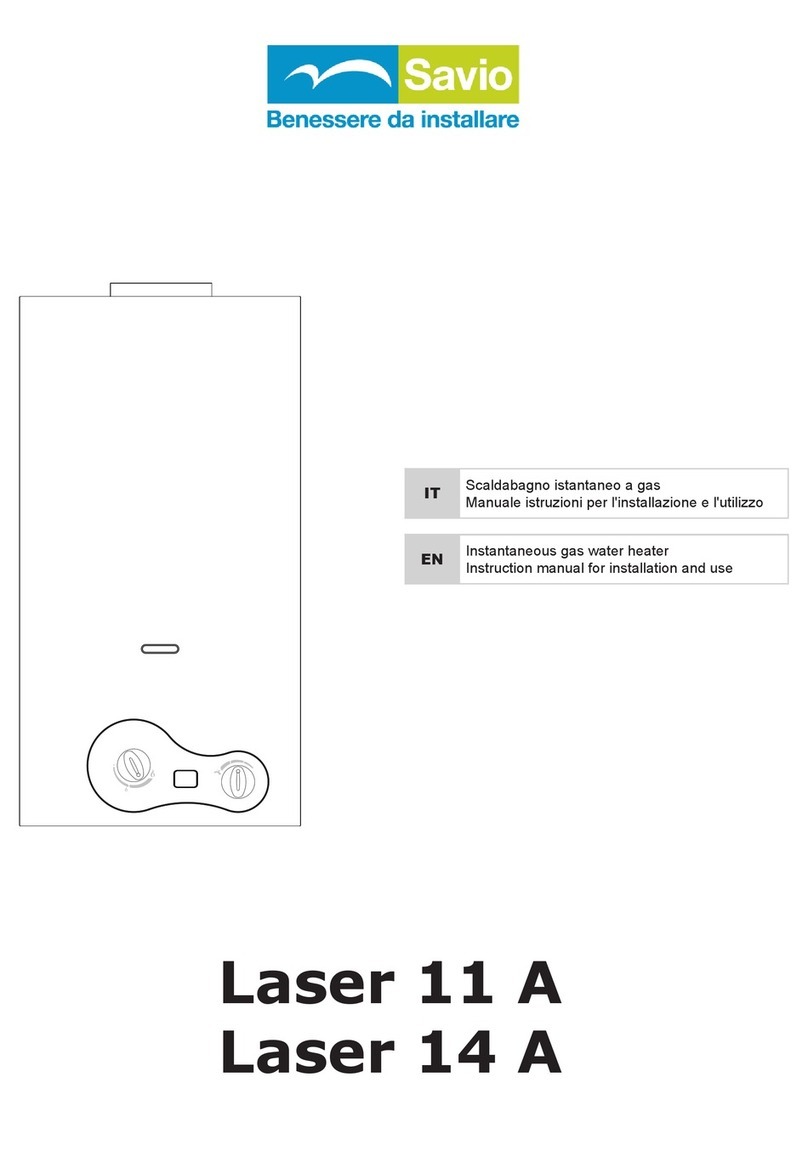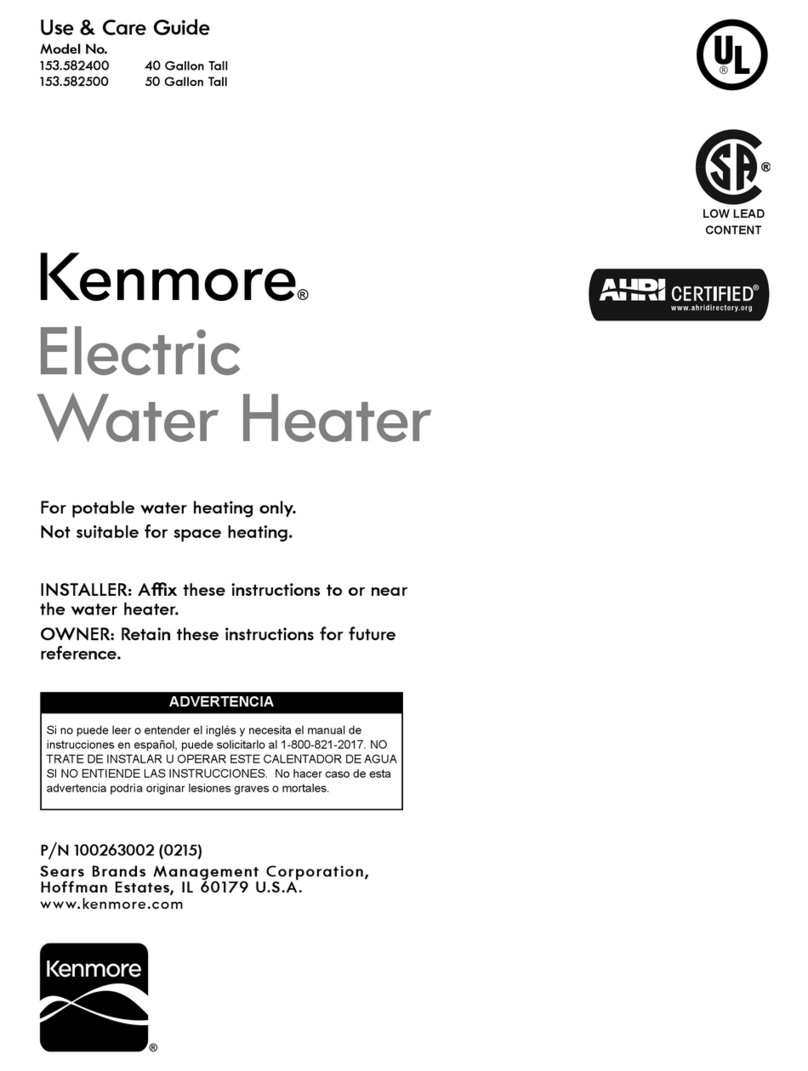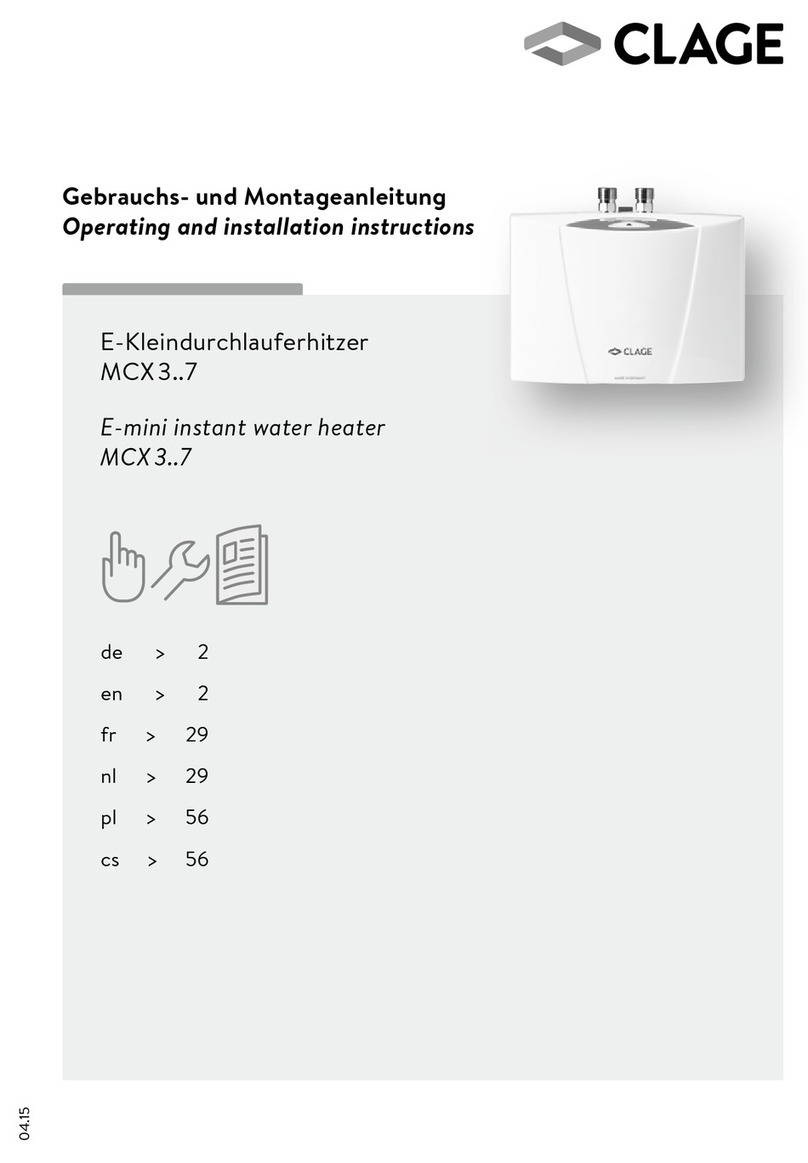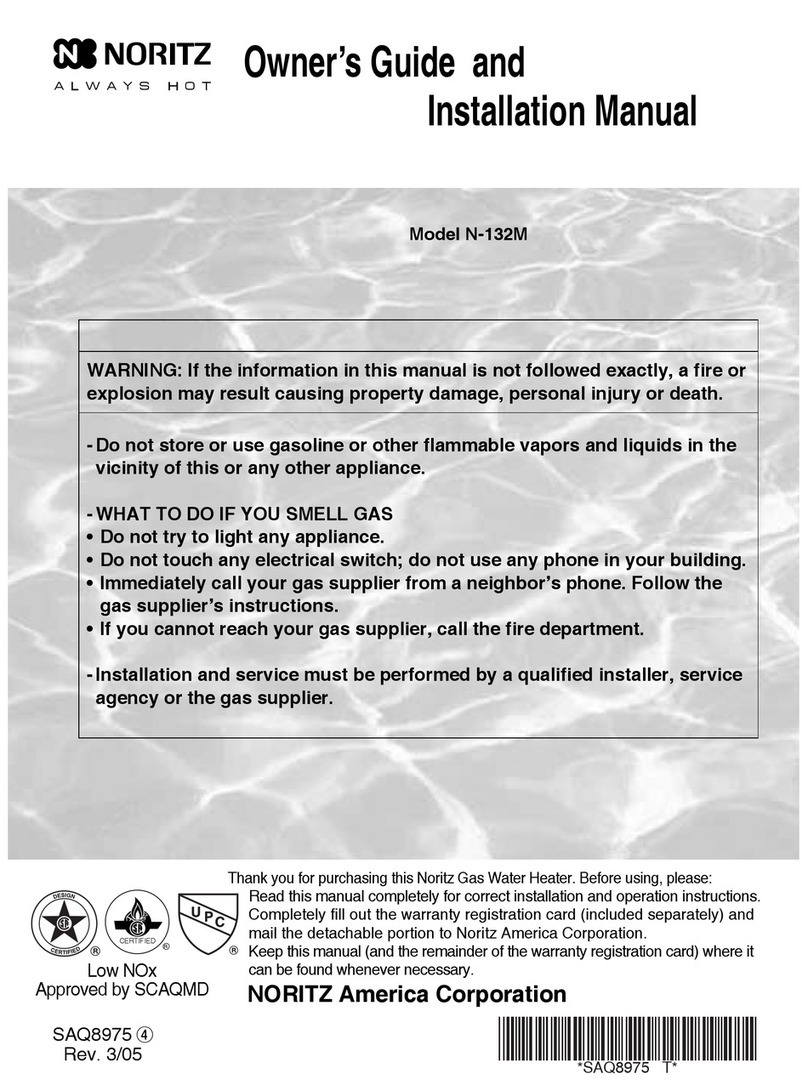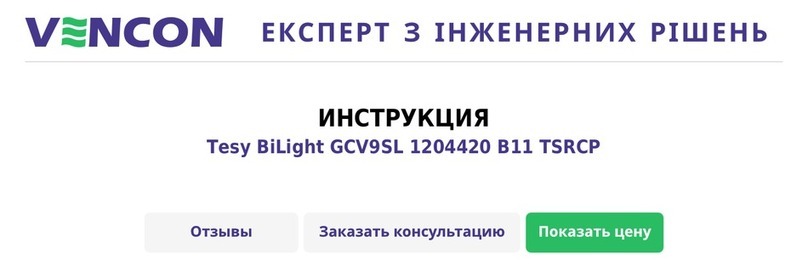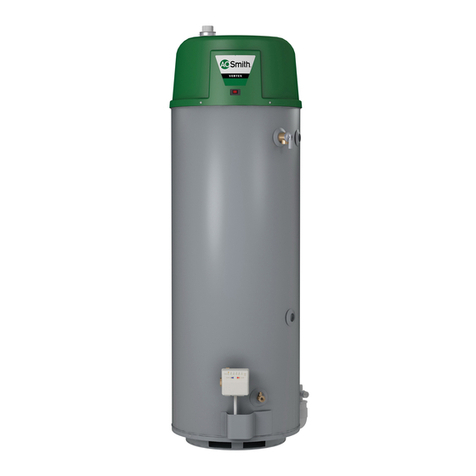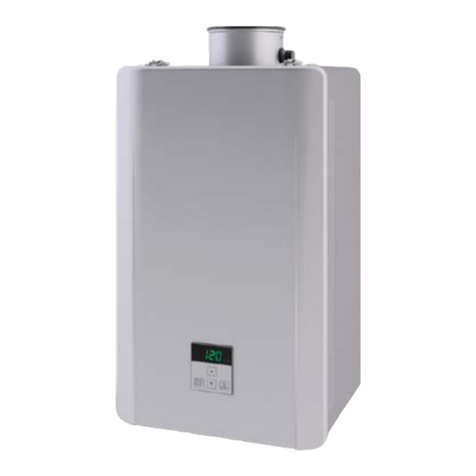
Copyright © 2020 White Knight Fluid Handling | AGraco company
P: 626.599.8566 | info@heateex.com | https://wkuidhandling.com
Aquarius DIW Heaters Owner’s Manual
Ver. 1.0.0 | 29Apr 2020 | P. 8
Subject to change without notice
• Ensure no power applied to a circuit when making continuity or resistance checks.
• Use the correct tools (i.e. screwdriver, alignment tool, etc.) for the job.
• Do not use metal tools around the connectors when there is power to the unit, as they
may cause arcing.
• Turn o power before connecting alligator clips to any circuit.
• Do not take anything for granted when working with inexperienced help. Check every
operation before they perform it.
• The operation of this unit creates large amounts of heated process uid. This uid is
likely to be heated to temperatures above the threshold of safety for human contact.
Please be advised of this and take the necessary precautions whenever connecting or
disconnecting any plumbing from the system. If you are ever in doubt, turn the unit o,
and wait an appropriate amount of time before performing any operations or service
involving the plumbing.
• The process uid within this system may also become pressurized from outside ow
sources. It is the user’s responsibility to verify that pressure within the system has been
relieved externally; in order to prevent exposure to hazardous uid such heated de-
ionized water, or heated chemicals and/or acids.
• This unit has several safety interlocks integrated within the system. However, it is the
user’s responsibility to verify that incoming power has been disconnected from a remote
source prior to opening or servicing the unit. This is advised to prevent user exposure to
high voltage and current, and reduce the risk of electric shock.
• The function of this unit is to heat process uid for use in ultra-pure operations.
Therefore during normal operation the unit will accumulate heat within the plumbing and
the heater compartment. It is our recommendation that the unit is allowed a sucient
amount of time to cool before any maintenance or inspections are made to the unit in
order to prevent user exposure to heated surfaces or air.
• The processes in which this unit is intended involve heated uids. Whenever heated
uids are involved, certain precautions must be taken in order to avoid user injury. This
is especially important since it is most likely that this unit will be used with aggressive
uids that can further harm or injure an individual, such as deionized water and process
acids. User exposure to these types of materials can result in burning, scalding, and in
some cases deep tissue damage. To avoid injury it is the user’s responsibility to take
the appropriate precautions as outlined above, and in all cases dealing with heated or
aggressive materials, to use the appropriate safety equipment, such as but not limited
to safety goggles and glasses, and chemically resistant gloves and garments.
• This heater is not intended for use with any liquid other than DIW.
• The heater is not intended for use with ammable liquids. Use of this equipment with
ammable liquids will greatly increase the re risks of the system.
Whenever servicing this unit, at least 300 lumens of light is required;
otherwise use portable lighting that does not have to be held.
